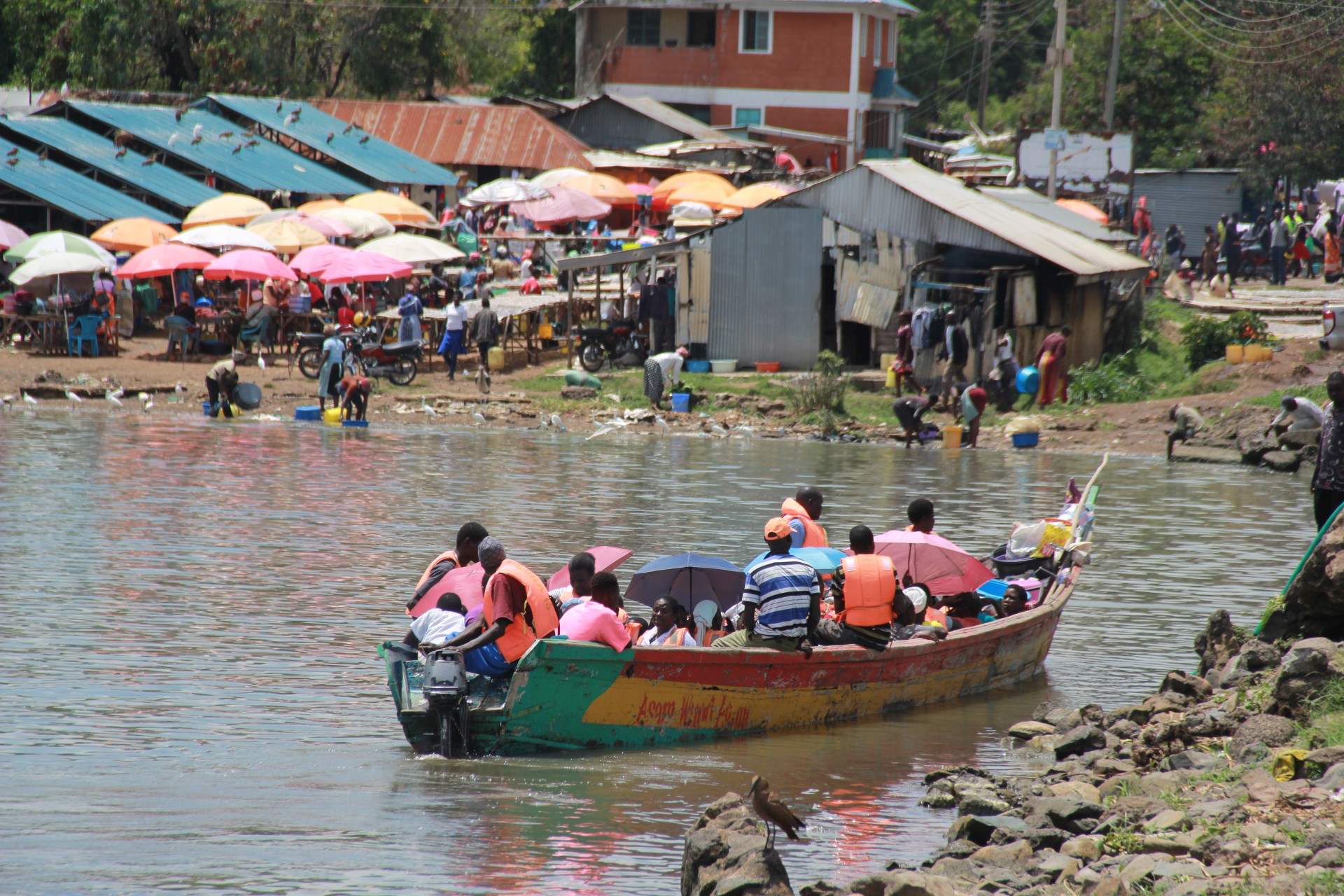National and county development project supervisors in the Imenti South sub-county have been urged to closely work in liaison with community leaders to spearhead the full implementation and completion of initiatives meant to improve community livelihoods.
Speaking during a public sensitization meeting at Kaurone sub-location of kirendene location, area Deputy County Commissioner, Mary Mwangi said the public had a crucial role to play for the success of any government project in their areas, adding that public participation, contribution and ownership remained key.
‘Public participation for approval and ownership should be the entry point for the implementation of any community development project if the national and county government intervention is to be felt and registered by the target beneficiaries.’ Mwangi said.
Mwangi said the public led by their leaders had the capacity to successfully guard against any forces working against the full implementation of a project in their areas once they have been brought on board at the initial stages of its activities.
She said most of the project vandalism incidents were a result of project financiers and implementers failing to consult with the public on the specific development priorities for purposes of moving together to completion for use by beneficiaries.
The administrator urged the public to take up the task of identifying and reporting through their elected, community and religious leaders anybody suspected to be behind vandalism of projects in their respective areas, pointing out that the government doesn’t have the capacity to have security personnel in all project areas.
Mwangi said among the projects likely to be vandalized was the multi-million Mitunguu Decentralised Treatment Facility (DTF) for human fecal waste, which was recently commissioned by Governor Kawira Mwangaza.
The 17million project was funded by the Water Trust Fund in partnership with the Meru County government, department of Water, Sanitation and Irrigation, while Imetha Water and Sanitation Company Ltd. was entrusted with the implementation task.
The concerted efforts of having the facility in place were aimed at converting human waste into affordable and readily available agricultural fertilizer, as a means of cushioning large- and small-scale farmers from the increasing prices of fertilizer.

